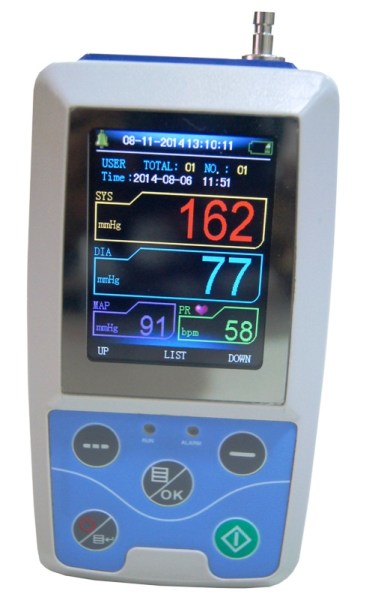An orchidometer is a medical instrument used to measure the volume of the testicles. Normal volume is 15 to 25 ml; the average is 18 cm³ per testis (range 12 cm³ to 30 cm³). The discrepancy of testicular size with other parameters of maturation can be an important clue to various diseases. Small testes can indicate either primary or secondary hypogonadism. Testicular size can help distinguish between different types of precocious puberty. Since testicular growth is typically the first physical sign of true puberty, one of the most common uses is as confirmation that puberty is beginning in a boy with delay. Large testes (macroorchidism) can be a clue to one of the most common causes of inherited generalized learning disability, fragile X syndrome..
Send Message





